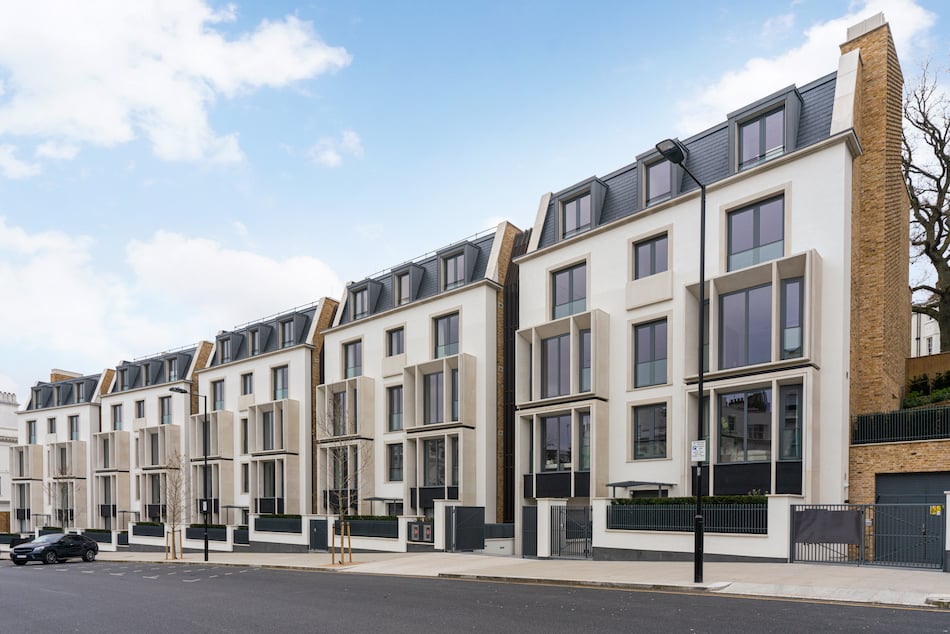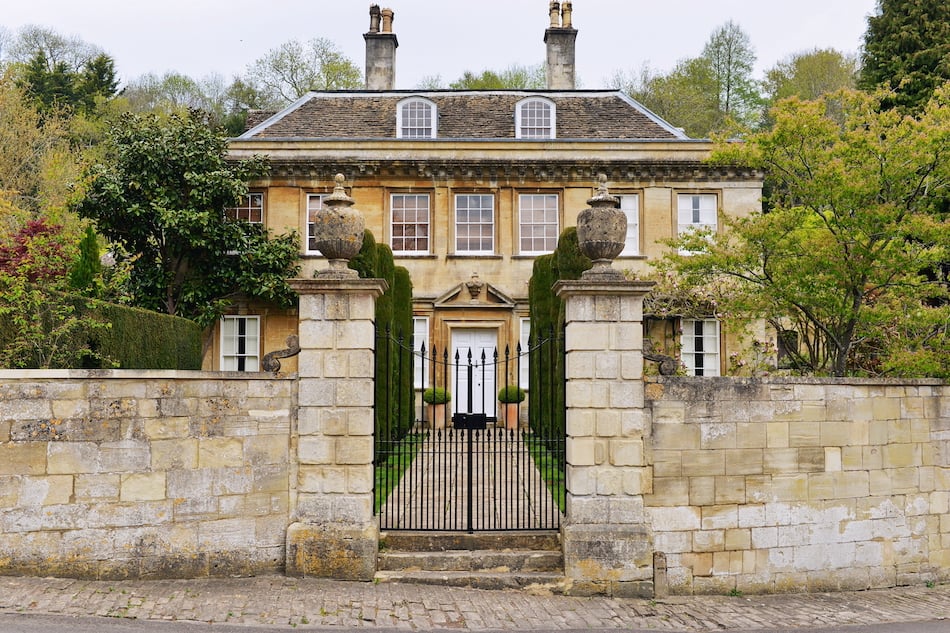Adding value to prime property is usually a significant – and sometimes costly – undertaking. In the lower and middle part of the property market, homeowners often increase property value by carrying out relatively straightforward renovations or upgrades: installing new kitchens or bathrooms, for example. While doing the same may add some value at the very top of the market, if you plan to sell your property at a profit, prime buyers – especially in today's market – are a discerning breed. At this level, the individuals you will market your property to are astute enough to know the difference between basic cosmetic changes and top-end property that is worth exactly what you are selling it for. So, what do you need to consider to add tangible value to prime property in today's market?
Understand the initial and estimated new value before you do any work
Undertaking how any potential work you embark on will translate to an uplift in valuation - and what the final valuation will be – is critical. As an owner, you can tend to overestimate the current and potential future value of your property, and personal estimations don't hold sway in the prime real estate market – especially in Prime Central London. If you want to add tangible and significant value to your property, start by understanding its current market value by having a valuation carried out by an estate agent or valuer. Enness can make introductions for you if this is helpful. Once you have the current market valuation, you can get input from architects, interior designers, builders and other relevant parties on how best to invest, what it will cost to carry out work and what uplift in value your property will have when work is finished.
What adds value?
When it comes to adding value to prime property, the devil is in the detail and the whole package. To increase the value of high-value residential real estate these days, you can't only incorporate high-end features and finishes – you will need to enhance the property overall. In most cases, this will require at least a partial refurbishment. Changing the floor plan to make the property more practical in terms of layout, adding square footage with conversions or extensions, adding staff accommodation, more entertainment or formal spaces, and amenities like gyms, saunas, and cinema rooms are especially popular and can add value, as well as updates to key living spaces like the kitchen and bathrooms if needed. Interior design will also play a role at the top of the market, as many buyers are interested in purchasing a high-end property that requires no work and is ready to move into.
Especially if you want to increase the value of your property with the view to selling it at a substantial profit, you need to see it through the eyes of a buyer and invest in refurbishment work wisely. This is especially important as supply and labour costs are on the rise. Bespoke features and appliances in the kitchen or bathroom will make little sense if the rest of the property is outdated. For example, exceptional interior design in a home with a very impractical and cramped floor plan will limit the value you can add. A holistic approach is therefore imperative when it comes to adding value, as will an open mind into the scope of the work you will need to carry out, as advised by experts.
Lender's approach to prime property refurbishment
You can release equity from your property to fund a refurbishment project, repaying the loan when you sell the property or refinancing at term against the new, higher value of the property.
Get in the Know
Subscribe to our newsletter
While releasing equity from a property is generally straightforward, it can be challenging with prime with prime residential real estate, especially if you want to undertake a more extensive project – adding square footage via a basement 'extension,' for example. Not all lenders can finance these projects, especially for ambitious undertakings.
Historically, retail banks tend to have a more rigid approach to equity release transactions, while private banks and niche lenders are usually more flexible. However, even these lenders can baulk at more ambitious refurbishment projects, especially if you want to release a significant amount of equity from your property to finance relatively extensive work, even if there are no structural changes. Showcasing your plans, exactly how they will add value, what the final value will be in tangible terms, and the market for your property after the refurbishment is completed is central to raising finance.
Simply approaching a lender with your plans is rarely enough. You will need to document and clearly show how you will manage the funds and meet your budget and timeline in a way that gives lenders maximum confidence. A one-to-one walkthrough of your plans with lenders by an expert broker who can also negotiate finance for you and put forward your plans in the best possible light is usually the best way to raise finance and, in some cases, will be the only way to secure the capital you need.
Finance options
Any equity you release from your property will need to be paid back in the form of a mortgage or short-term loan, and you will need to meet various lending criteria, depending on the type of financing product you take. We can advise you on what route forward and finance product will be best for you when we understand your plans and objectives.
If you opt for a short-term loan (usually if you want to sell the property against a higher value when work is finished), you will usually exit by selling the property, putting it on the market at a significantly higher value than it is worth currently. The sale price should cover the loan amount by a significant margin, allowing you to repay what you owe. How you plan to achieve the sale and your timescale for doing so (bearing in mind prime property doesn't always move off the market very quickly, and you will need to complete refurbishment work on time to ensure you can meet this deadline) is critical to success. We can help you document your plans for marketing the property and the timeline and connect you with estate agents and other parties that can support you with this. It is also possible to release equity using prime property outside the UK as collateral.
A mortgage is slightly different in that you may not plan to sell your property but undertake work that allows you to adapt your home to your needs and add value simultaneously. You will also have opportunities to remortgage your property in the future based on the new, higher value of your property, effectively giving you the option of a lower loan-to-value mortgage down the line.
Enness has close relationships with lenders that finance equity release for refurbishment projects for high-value property. Whatever your plans and the value of your property, we know how you need to present your case and what lenders will want to see to make the most favourable lending decision. This will ensure you can release the maximum equity from your property to finance a refurbishment.
This guide is for information and illustrative purposes only and nothing contain within should be construed as advice or a recommendation. Financing options available to you will depend on your requirements and circumstances at the time. Any changes in your circumstances, any known likely changes, or omissions in the information you provide can affect the suitability of the options available to you. These should be communicated to us as early as possible. If you are considering securing debts against your main home, such as for debt consolidation purposes, please think carefully about this and consider all other options available to you. Your home may be repossessed if you do not keep us repayments on your mortgage or other debts secured on it.




